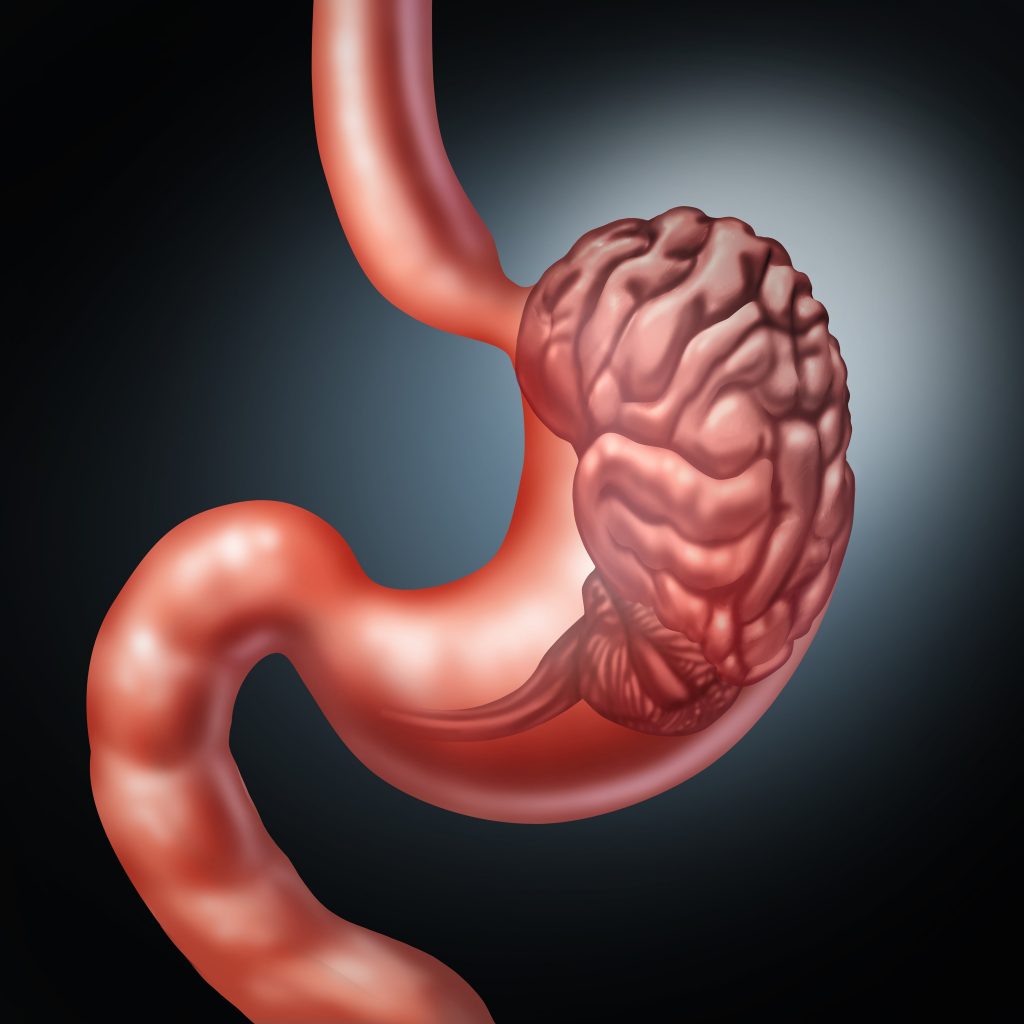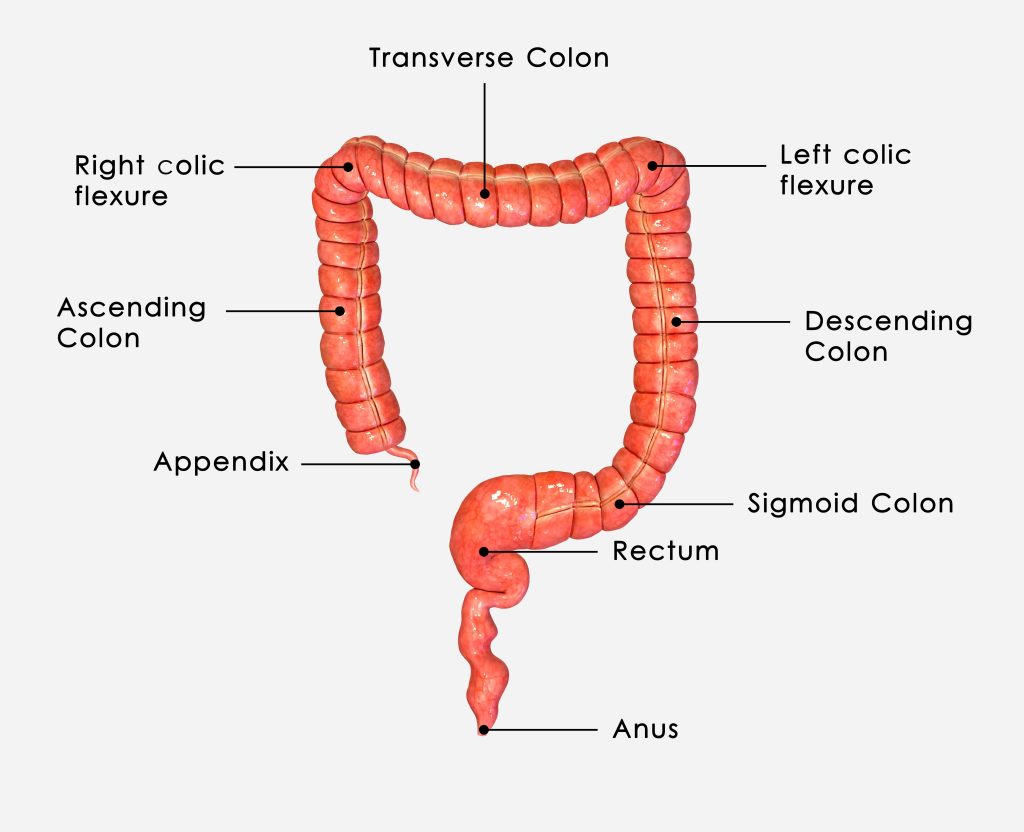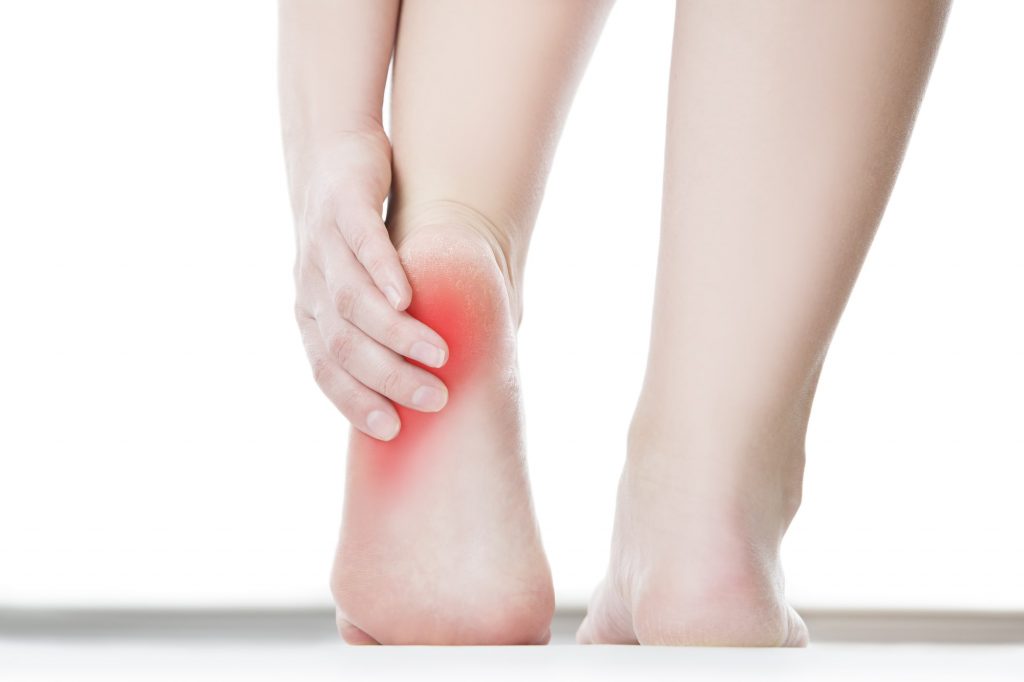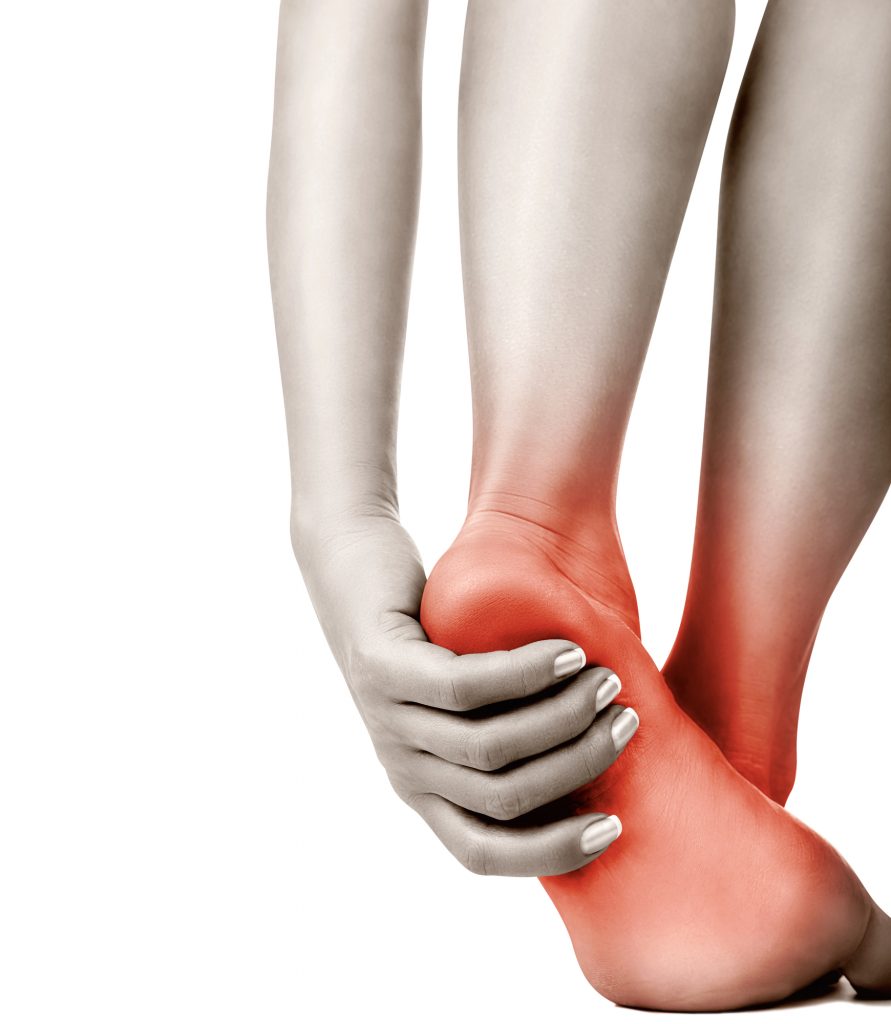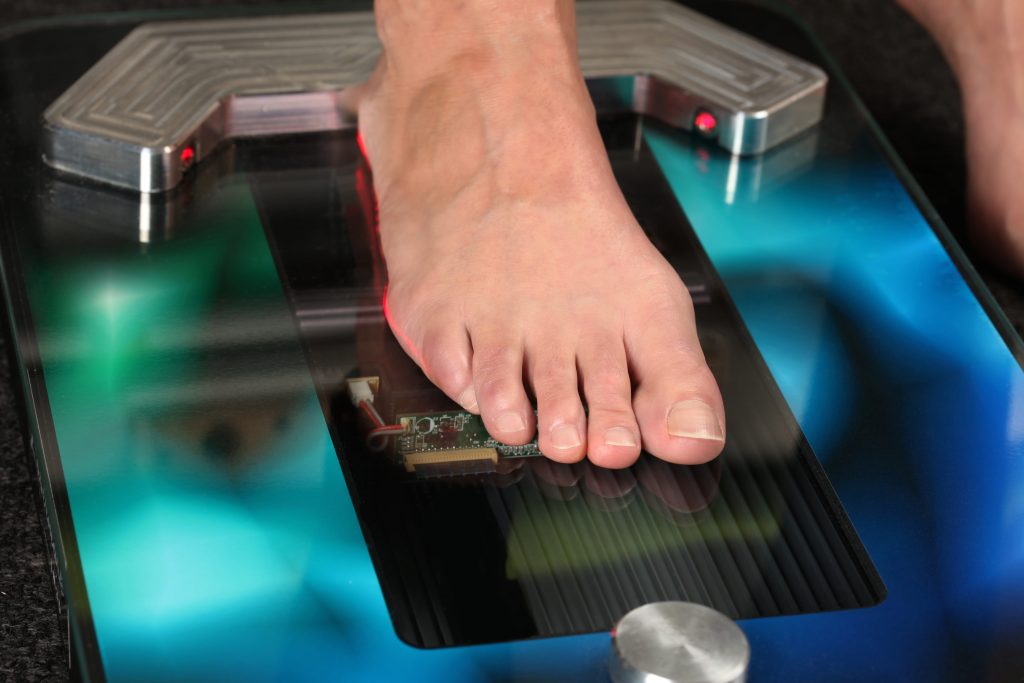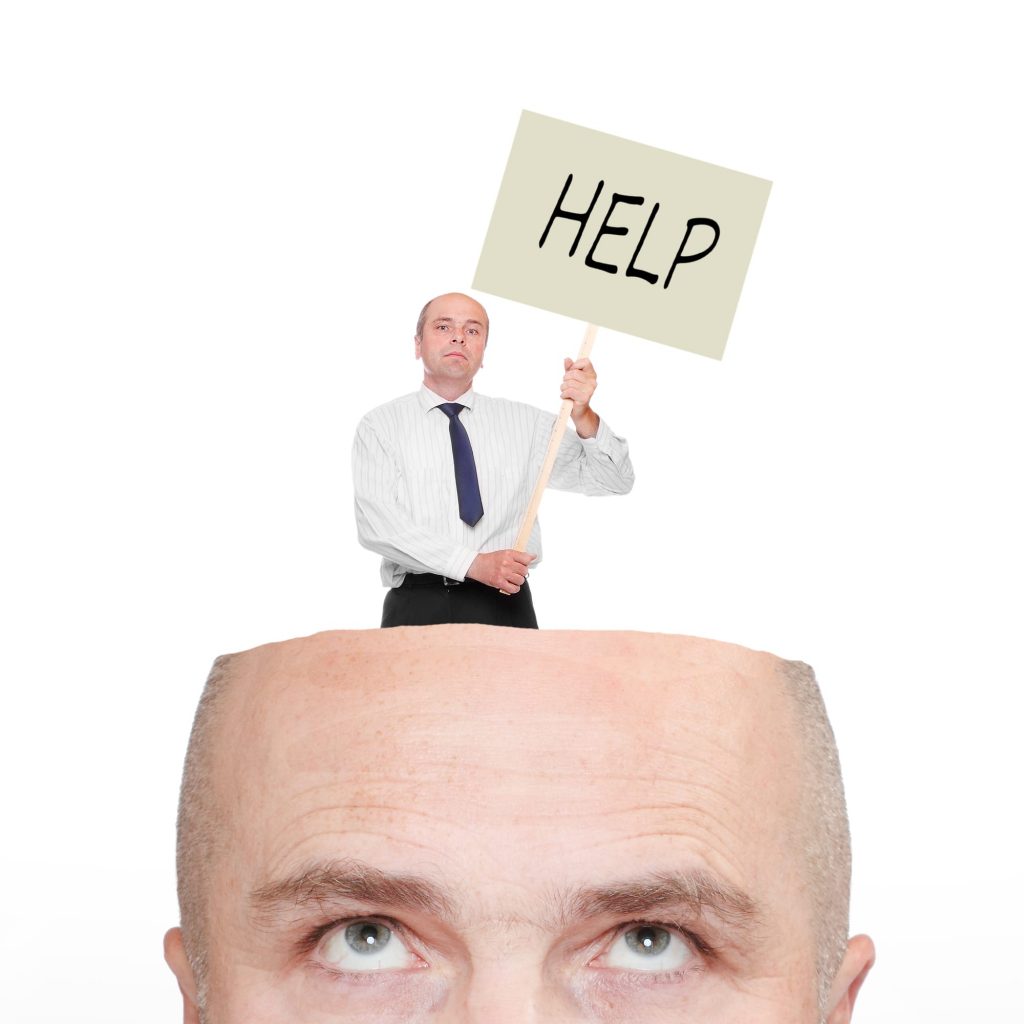Low back pain (LBP) is one of the most common and costly problems in the world today [1]. While it is not the sole reason people choose to seek Chiropractic care, it is the most common [2, 3]. Most Chiropractors recommend maintenance care (MC) after the resolution of a patient’s primary complaint [4] and is generally offered as a secondary or tertiary prevention strategy.
Until recently, empirical evidence investigating the effectiveness of MC was scarce. The alternative to MC is to discontinue care and instruct the patient to schedule a new visit when they experience a new episode of pain or when the patient perceives a need (symptom- guided treatment). In other words: one is controlled by the doctor (maintenance care), the other is controlled by the patient (symptom-guided treatment). So, which is more appropriate? Let’s look at the evidence!
This article examines the outcomes of a pragmatic randomized controlled trial that investigated the effectiveness of MC for patients with recurrent or persistent low back pain. The study compared MC to symptom-guided treatment with regard to the total number of days with bothersome LBP over 52 weeks, the prevalence of days with pain per week over time, and the total number of treatments.
Chiropractic Care Study Results
Treatments mainly consisted of spinal adjustments followed by information and/or advice. The total number of days with bothersome LBP over 52 weeks was significantly less in the maintenance care group. Patients who received MC had approximately 13 fewer days of bothersome LBP over 12 months compared to patients who only sought care when a new episode of pain occurs. The MC group also had a FASTER reduction in days with bothersome LBP and reached a lower steady state earlier.
While maintenance care resulted in only a slightly higher number of visits to the Chiropractor, it was MORE effective than symptom-guided treatment in reducing the total number of days in a year with bothersome low back pain.
Although these results may be surprising to you, they don’t surprise clinicians that offer maintenance care. It’s a valuable step towards validating the prevention strategy used by many Chiropractors around the world for the benefit of their patients who suffer from persistent or recurrent low back pain.
Click here to find a chiropractor near you!

Further Reading
People who enjoyed this article also viewed:
- Are Chiropractors Doctors?
- Cracking Open The Biggest Myths About Chiropractic
- Are Chiropractors Safe?
References
1. Hoy D, March L, Brooks P, Blyth F, Woolf A, Bain C, et al. The global burden of low back pain: estimates from the Global Burden of Disease 2010 study. Ann Rheum Dis. 2014; 73(6):968–74. https://doi.org/10.1136/annrheumdis-2013-204428 PMID: 24665116
2. Leboeuf-Yde C, Hennius B, Rudberg E, Leufvenmark P, Thunman M. Chiropractic in Sweden: a short descriptionof patients and treatment. J Manipulative Physiol Ther. 1997; 20(8):507–10. PMID:9345678
3. Sorensen LP, Stochkendahl MJ, Hartvigsen J, Nilsson NG. Chiropractic Patients in Denmark 2002: An Expanded Description and Comparison With 1999 Survey. J Manip Physiol Ther. 2006; 29(6):419–24.
4. Axen I, Jensen IB, Eklund A, Halasz L, Jorgensen K, Lange F, et al. The Nordic Maintenance Care Pro- gram: when do chiropractors recommend secondary and tertiary preventive care for low back pain? Chiropr Osteopat. 2009; 17:1. https://doi.org/10.1186/1746-1340-17-1 PMID: 19161611
Dr. Nenos has been a Hamiltonian since 1990. He completed his undergraduate education at the University of Western Ontario and earned a Bachelor of Health Science degree with Honors. It was in his first year of university that he learned of a profession called Chiropractic. At the time, Dr. Nenos was considering pursuing medicine. Shortly after speaking with many prominent chiropractors and eventually becoming a patient himself, he realized that there was more to this profession than just neck or back pain.
After deciding to pursue Chiropractic he attended the only English speaking school in Canada, the Canadian Memorial Chiropractic College (CMCC) in Toronto Ontario. He was actively involved at the college which ultimately earned him the Raymond Moss Award. While attending CMCC he was also honoured to receive a grant from the Canadian Institute of Health Research to conduct research in the field of anatomy. He graduated with a Doctor of Chiropractic Degree in 2008 and shortly after began practicing as an examination doctor in one of the busiest Chiropractic Clinics in the Golden Horseshoe Area. Shortly after Dr. Nenos followed his heart and decided to open Tree of Life Chiropractic in his hometown of Hamilton.
Dr. Nenos is actively engaged in the community. He served as Canadian Director of the Assyrian Medical Society for a period of time, a humanitarian organization dedicated to serving children, families, and their communities stricken by the war and famine in the Middle East. The organization’s leadership is based on accountability, transparency and honesty which is a reflection of his practice. He is also a runner and triathlete and competes mainly in half marathon distances (21.1 Km). Today, Tree of Life Chiropractic is blessed to serve patients from Hamilton and surrounding areas. He is also the health expert on the local TV show Hamilton Life and can be seen on Cable 14 producing content for his own health show. He is passionate about topics of health relating to the spine and nervous system, nutrition, mind, and exercise.
“My passion is helping people transform their lives by adopting a healthy lifestyle.”
~ Dr. Nenos Damerchie



